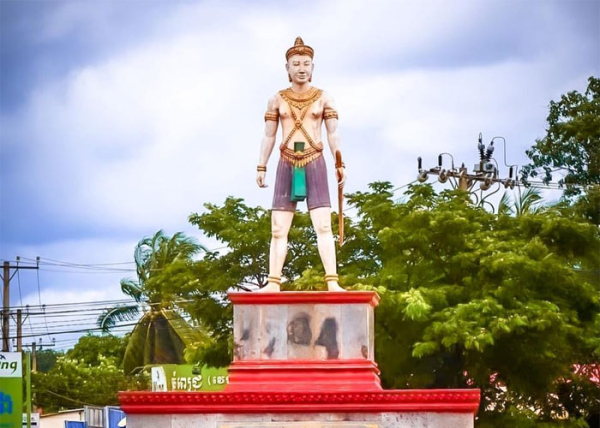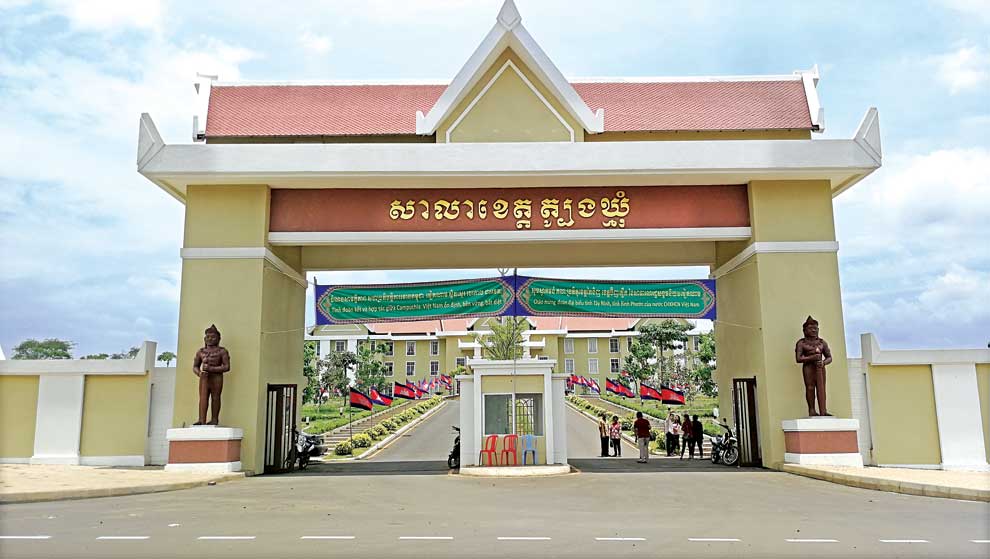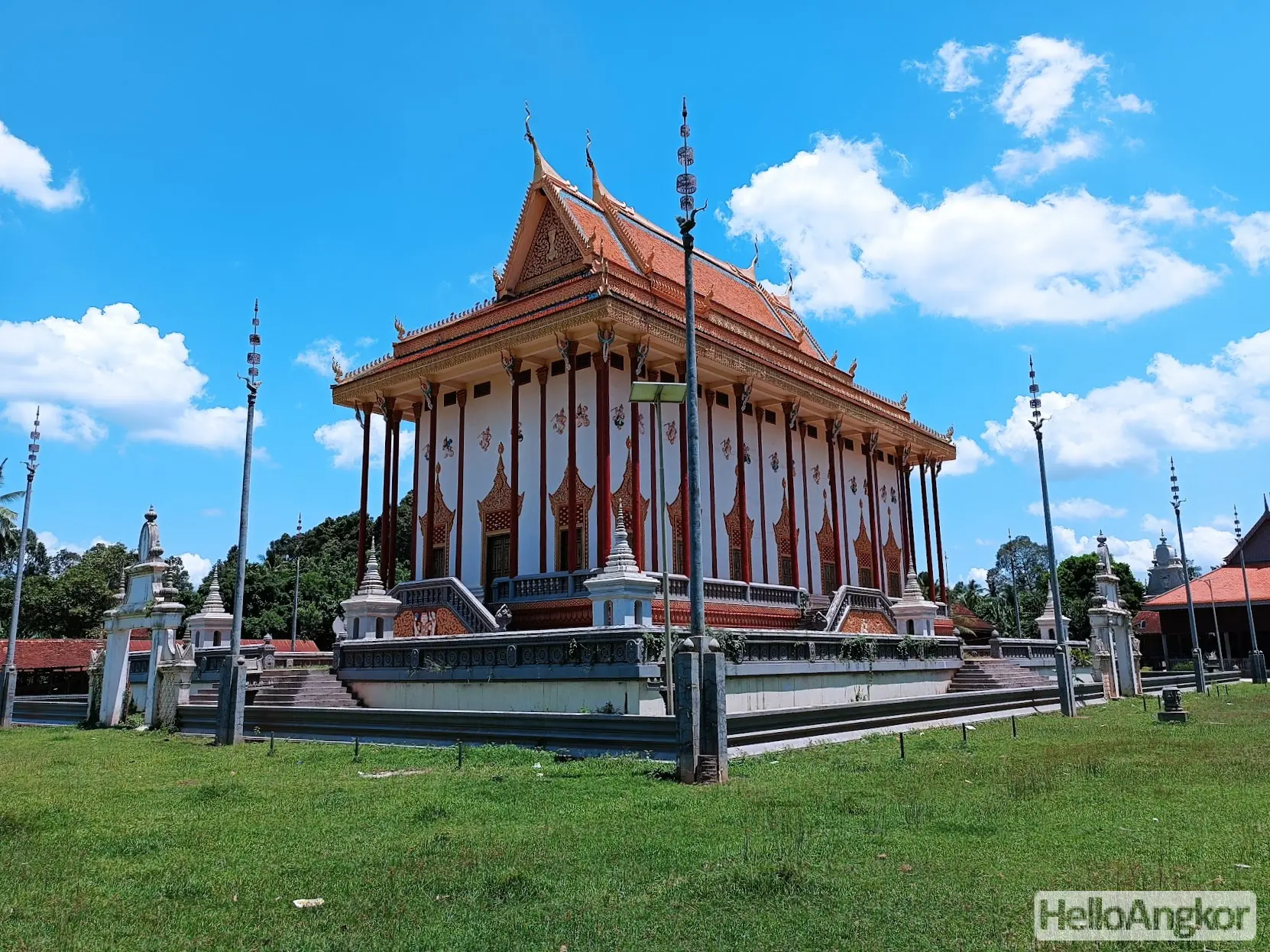About Tbong Kmoum
Tboung Khmum (Khmer: ត្បូងឃ្មុំ 'The Gem Pearl of Bee'), also spelled as Tbong Khmum, is a province of Cambodia located on the central lowlands of the Mekong River. It borders the provinces of Kampong Cham to the west, Kratié to the north, Prey Veng to the south and shares an international border with Vietnam to the east. Its capital and largest city is Suong. The province's name consists of two words in Khmer, tboung (gem, precious jewel) and khmum (bee), which together mean "amber or gem".
Tboung Khmum Province was formed when Kampong Cham Province was split in two by a royal decree signed on 31 December 2013 by King Norodom Sihamoni on the recommendation of Prime Minister Hun Sen. The request by Hun Sen's government to split the province, which was ostensibly for the purpose of improving administrative efficiency in the large province, was made after his ruling Cambodian People's Party (CPP) lost the province to the opposition in the July 2013 elections. The CPP won only eight of the available 18 National Assembly seats in Hun Sen's home province. The 10 districts that remain in Kampong Cham overwhelmingly voted for the opposition Cambodia National Rescue Party, led by Sam Rainsy, while five of the six districts cut out from Kampong Cham to form the Tboung Khmum Province were won solidly by the CPP. The province has the highest percentage of Muslims in the country, at 11.8%.
Images of Tbong Kmoum



Tum Teav:
Tum Teav, the 'Romeo & Juliet' of Cambodian literature, was set in Tboung Khmum district. This epic poem, handed down through the generations by oral poets, was translated into French by Étienne Aymonier in 1880. Palm-leaf versions of the story were recorded by Santhor Mok and the Venerable Botumthera Som. The most recent literary version was composed by Nou Kan. The much-loved story has been adapted to theatre, song and film in recent years.
Tum Teav is a classic tragic love story that has been told throughout Cambodia since at least the middle of the 19th century. It is originally based on a poem and is the considered the "Cambodian Romeo and Juliet" tale. It was popularized by writer George Chigas and has been a compulsory part of the Cambodian secondary national curriculum since the 1950s.
The tale relates the encounters of a talented novice monk named Tum and a beautiful adolescent girl named Teav. From the first sight, Tum, the monk, was in love with Teav, a very beautiful young lady. It is reciprocated and Teav offered Tum some betel nut and a blanket as evidence of the feelings she had for Tum and prays to Buddha that the young monk will be with her for eternity. Tum was very pleased to accept the offers, to see she felt the same way he did. He initially spends some time in Teav's home despite her being 'in the shade' (a period of a few weeks when the daughter is supposedly secluded from males and taught how to behave virtuously), and wastes no time in abusing the mother's hospitality by sleeping with her daughter.
Teav's mother is unaware of this event and has alternative plans, intending to marry her daughter off to the governor's son (she dropped the idea when her daughter was chosen to be with the king, but resurrected it as soon as she learned that her employment at the court wasn't leading anywhere). She feigns illness as a ruse to lure Teav to her village whereupon she tries to coerce her into taking part in the wedding ceremony. Tum turns up with an edict from the king to stop the ceremony, but on arrival instead of presenting the order, he gets drunk, announces he is Teav's husband and kisses her in public; his behaviour results in his murder, and only after that does the governor discover the king's letter. Teav commits suicide.